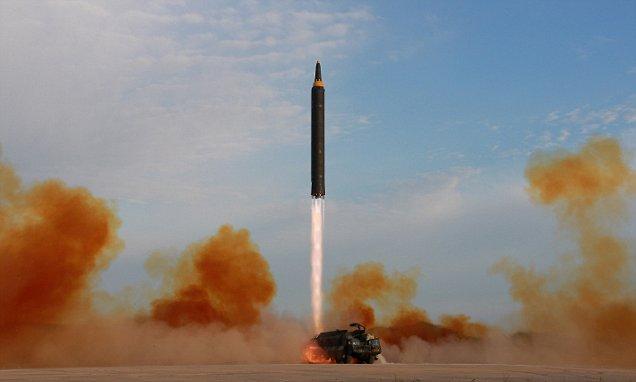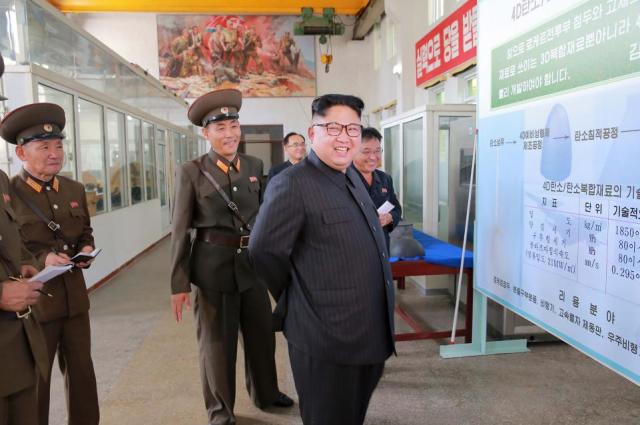North Korea could kill two million people with a nuclear strike on Seoul and Tokyo and injure a further 7.7million, experts have warned.
The hypothetical scenario has been analysed by scholars who made their conclusions amid rising tension between the hermit kingdom and the US.
Should Kim Jong-un decide to unleash his nuclear arsenal, the has been predicted as catastrophic.
The analysis was carried out by US website 38 North following North Korea’s nuclear and missile tests and Donald Trump’s threat of retaliation.
Author Michael J Zagurek Jr said based on his calculations, nuclear attacks on the capital cities of South Korea and Japan could kill as many as 2.1 million people and injure 7.7 million others, according to Yonhap.
This was based on the assumption North Korea would launch its entire arsenal of 25 nuclear weapons.
Seoul has a population of 24.1million and Tokyo 37.9million and the final fatality figures were worked out by taking into consideration the probability of detonation.
Also taken into account was South Korea deploying the anti-missile Terminal High Altitude Air Defence (THAAD) system.
”
The possibility of North Korea actually initiating an attack remains remote, as the goal of the regime appears to be self-preservation rather than world domination. But the credibility of Pyongyang’s nuclear threat is a key factor in understanding how to deal with the so-called rogue nation diplomatically and economically.
Multiple articles in the state-controlled North Korean media have said that the need to develop nuclear weapons came from the threat of U.S. aggression and the desire to acquire a greater stance on the world stage.
The top U.S. military commander deployed in South Korea agrees North Korea seeks a nuclear deterrent to increase its international influence. “The regime seeks to be in a position to dictate its own terms internationally if it can sufficiently hold at risk the Republic of Korea, Japan, the full geography of the United States, and other countries in the region and well beyond the region,” General Vincent K. Brooks of the United States Forces Korea said in July.
But North Korea also profits financially from its weapons production endeavor, as the sale of conventional weapons and military hardware—prohibited under a 2009 U.N. resolution—provides significant revenue for the regime, as the Washington Post reported Sunday.
Under Kim Jong Un’s leadership, North Korea’s pursuit of nuclear weapons has accelerated—the young ruler has performed more nuclear tests in the past six years than his father and grandfather combined. In the past two months, Kim also launched the first missiles that flew over Japan before landing in the Pacific, clearly intending to step up the level of provocation.
Japanese and American intelligence expect a new provocation next week, as the regime often coincides test launches with significant events. Next week marks major events within and outside North Korea: Pyognyang celebrated the anniversary of the foundation of the ruling party on October 10, just a day after Colombus Day, and the Communist Party Congress in China begins on October 18.
















